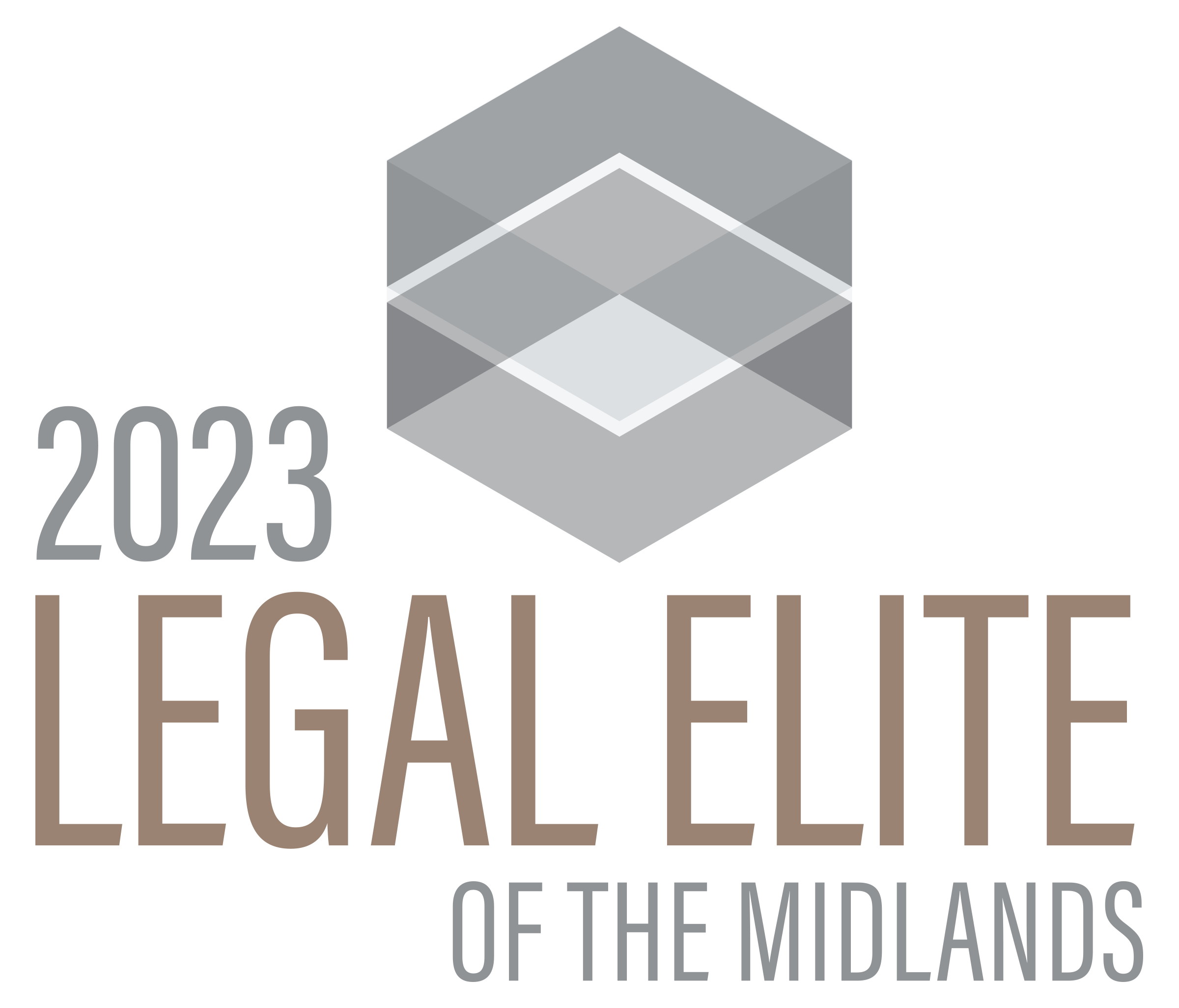
In South Carolina, the law is designed to protect a person who is injured in a car or truck accident due to the negligence or fault of another. It is important to consult with an attorney to determine the type of losses that you may be able to compensated for following a collision.
The purpose is to compensate a victim of property damage, injuries or losses and to put the non-fault party, as near as possible, in the same position that he or she was in before the accident occurred.
The ability to recover “actual damages” is what the law permits. In other words, actual damages would be the actual losses and expenses which the plaintiff has suffered because of the at-fault driver’s negligence.
This guide explains the law in South Carolina related to the compensation you are entitled to receive following a collision. The amount of the compensation is tied to the nature, extent and severity of the injuries and damages incurred, and often times an award can be increased if the driver was drunk, impaired, or other circumstances existed other than simple negligence.
Here is a description of the general types of damages that are recoverable in South Carolina if you are a victim of a motor vehicle collision:
Damages Recoverable for Personal Injuries – Medical Bills, Lost Earnings, Pain and Suffering, Loss of Enjoyment of Life, and Mental Suffering
A person injured in a motor vehicle accident that was caused by the negligence of another person can recover actual damages and expenses incurred as a result of the bodily harm. The recovery is based on two types of compensation:
- economic damages, and
- non-economic damages
Economic damages are things like medical bills, lost wages, loss employment opportunities and non-economic damages would be related to pain and suffering and loss of enjoyment of life.
In determining the amount of compensation for the injuries or loss suffered as a result of a negligent driver, a determination of the amount of damages should include past, present, and future damages.
Actual damages for a person who has been physically injured include:
- medical and healthcare charges related to the injury or expenses incurred for reasonable and necessary medical treatment;
- pharmacy charges and related expenses; pain and suffering;
- mental anguish;
- lost wages due to absence from work, which is the loss of time and income which resulted from the impairment of the ability to work and earn a livelihood, impairment of health or physical condition, the permanency of any injury, any permanent physical scarring; and
- any other losses which are reflected by the character of the injury
The recovery of damages for a person who has been physically injured include pain and suffering — both past and future — as well as mental anguish, impairment of health or physical condition, and disfigurement.
Pain and suffering compensates the injured person for physical discomfort and emotional response to the sensation of pain caused by the injury itself. There is no definite standard by which to compensate the plaintiff for pain and suffering.
Similar to pain and suffering, but separate, is recovery of loss of enjoyment of life. Loss of enjoyment of life damages are designed to compensate for limitations on the ability to participate in, and derive pleasure from, the normal activities of daily life.
In determining the amount of compensation for personal injuries, it is proper to consider past and present aspects of the injury. This would include physical and mental pain and suffering, expenses incurred for necessary medical treatment, loss of time and income which resulted from the impairment of the ability to work and earn a livelihood, the loss of enjoyment of life suffered as a result of the injury, and any other losses which are reflected by the character of the injury.
Very closely associated with pain and suffering and loss of enjoyment of life is recovery for mental anguish. Mental anguish includes: mental suffering, apprehension, shock, fright, emotional upset, stress, humiliation and anxiety, and can be properly considered as an element of damages.
The amount of damages for pain and suffering, loss of enjoyment of life, and mental suffering cannot be exactly measured and is often left to the judge or jury hearing the facts of the case.
The injured party may recover for those future damages that are reasonably sure to result from the injuries. The principle underlying compensation for future damages is that only one action can be brought and, therefore, only one recovery had.
It is proper to include in the estimate of future damages compensation for loss of capacity for work or attention to the plaintiff’s ordinary business, future medical expenses, and pain and suffering which will, with reasonable certainty, result.
Vehicle Property Damage – Repair or Value of Vehicle
The amount of damages to a motor vehicle is the difference between the value of the vehicle immediately before it was struck and the value of the vehicle immediately after it was struck. If repairing the vehicle would put it in as good a condition as before the accident, then the measure of damages would be the cost of repair plus any amount by which the value of the vehicle was decreased due to its involvement in a collision. This is also called depreciation.
If the vehicle cannot be repaired, the measure of damages would be the value of the vehicle immediately before it was struck, minus any salvage value. This is referred to as “fair market value.”
Fair market value is not determined by how much you paid for the car or your emotional attachment to it. Fair market value is simply the amount of money a person would pay you to take ownership of the car. Unfortunately, the money that you can receive for a totaled vehicle is not what you may owe on the vehicle or what you think the value of the vehicle should be, but based on the market value of the vehicle of similar make, model, and condition.
Under South Carolina law, any vehicle that has a loss of 75% or more of the fair market value must be declared a total loss. Insurance companies can choose to declare a vehicle a total loss if it has sustained less than 75% of the fair market value or if the fair market value of the vehicle was less than $2000.
Vehicles declared a total loss will be marked as “salvage” unless at least one of the following is true about the vehicle:
- (a) it is marked “non-rebuildable”;
- (b) it has been damaged less than 75% and has not sustained water or fire damage;
- (c) the value of the vehicle is less than $2,000; or
- (d) it has been titled as an antique vehicle.
Loss of Use of a Motor Vehicle
A victim of a motor vehicle collision also may be entitled to recover for the loss of the use of a vehicle during the time that the plaintiff was unable to use it. Actual damages for this purpose may be measured by determining what it would have cost the plaintiff to rent a similar vehicle while the plaintiff’s own vehicle was being repaired.
In some situations, damages for loss of use of a vehicle may be awarded even if the plaintiff did not rent a car and even if the plaintiff borrowed a car. However, the plaintiff is required to make all reasonable efforts to minimize the damages, which is referred to as “mitigation of damages.”
Punitive Damages
Punitive damages are sometimes available to a victim of a motor vehicle collision. Punitive damages are only reserved for cases where the negligence driver was driving recklessly, under the influence, or operating with a conscious disregard for the safety of others.
Often times a court can consider awarding punitive damage if an at-fault driver violates a specific safety statute found in the South Carolina Uniform Act Regulating Traffic on Highways, as contained in S.C. Code 1976, § 56-5-10 et seq., such as running a red light or disregard of traffic signs.
As discussed below, punitive damages can be the hardest to prove so this remedy is not available in most everyday collisions.
Punitive damages are different from actual damages and are not the same as pain and suffering. Punitive damages are intended to punish at-fault for extraordinary and outrageous misconduct and to prevent the at-fault driver and others from committing similar acts in the future. Punitive damages can only be awarded when conduct of the at-fault driver has been something more than mere negligence. The evidence must establish the acts or omissions giving rise to the collision were grossly negligence, reckless, or willful and wanton, meaning there was a conscious failure to exercise due care or a conscious indifference to the rights and safety of others or a reckless disregard thereof.
To support an award of punitive damages, the court requires proof by clear and convincing evidence that the conduct complained of included a consciousness of wrongdoing at the time of the conduct.
Clear and convincing is more than just a preponderance, or greater weight, of the evidence, which requires only proof which persuades you that a party’s claim is more likely true than not true. On the other hand, clear and convincing proof is not as high a standard as the burden of proof in criminal cases, which is proof beyond a reasonable doubt. Clear and convincing proof leaves no substantial doubt in your mind. It means that the evidence is not ambiguous, doubtful, equivocal or contradictory. Convincing means persuading by proof or argument, causing one to believe in the truth of what is asserted. Clear and convincing proof establishes in your mind, not only that the fact is probable, but that it is highly probable.
A punitive damage award imposed should take into account
- the defendant’s degree of culpability;
- the duration of the conduct;
- the defendant’s awareness or concealment;
- the existence of similar past conduct;
- the likelihood the award will deter the defendant or others from like conduct;
- whether the award is reasonably related to the harm likely to result from such conduct;
- the reprehensibility of the conduct, the harm caused;
- the defendant’s awareness of the conduct’s wrongfulness; and
- any concealment.
Thus, any penalty imposed should bear a relationship to the nature and extent of the conduct and the harm caused, including; the compensatory damage award. Secondly, any penalty imposed should take into account, as a mitigating factor, any other penalty that may have been imposed or which may be imposed for the conduct involved, including any criminal or civil penalty or any other punitive damages award arising out of the same conduct.































